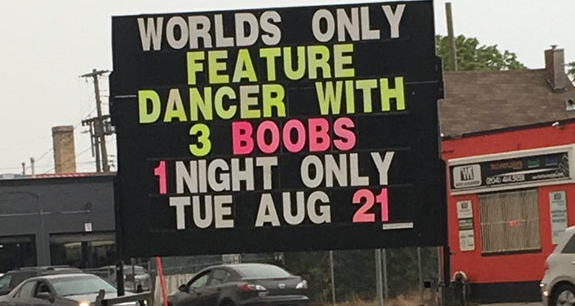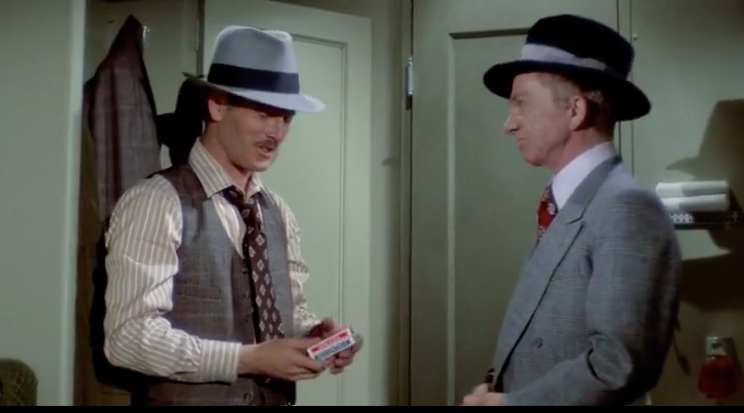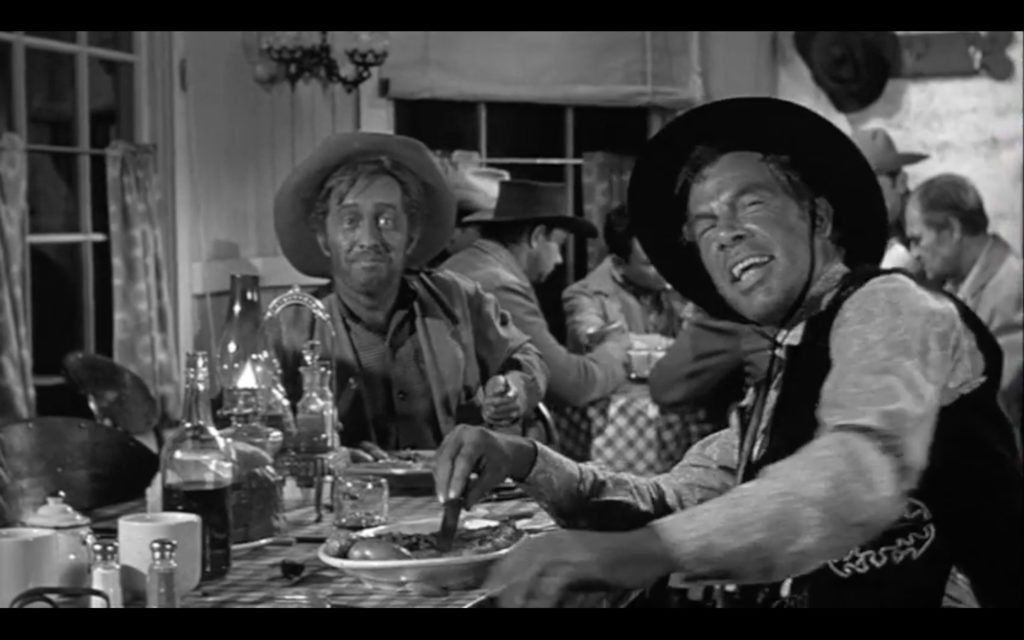
Local business successfully employs curiosity
No time to dilly-dally today. Straight into the meat of this post, which is about how to create and amplify curiosity:
1 Use an open loop
I know of a fantastic way to stir up curiosity. It works particularly well with skeptical prospects, because it can be go completely under the radar.
But before I talk more about that, let me tell you about a guy named Andre Chaperon. Andre is famous in the copywriting world for a course called Autoresponder Madness, which teaches people how to write successful, story-based autoresponder sequences.
Some big Internet publishing companies, such as Mindvalley and Velocity House, have based much of their sales funnels on Andre’s teachings in Autoresponder Madness.
(Andre’s email methodology was the first I was exposed to when I started to learn about email marketing. I thought it was great then, and I think it’s great still — only surpassed, or rather complemented by, the stuff that Ben Settle teaches.)
Anyways, one clever trick that Andre uses throughout his email copy, and that he teaches people in Autoresponder Madness, is called the “open loop.” You just saw an example of it four paragraphs back. It’s when you announce something intriguing, and then you completely drop it to talk about other things.
In my example above, the effect was probably not great, because you knew the suspense would be relieved after only a few paragraphs. But Andre frequently uses it across emails that will be sent days or even weeks apart.
Of course, the open loop is a standard technique in any story-telling medium. An extreme example is a cliffhanger in old comics or TV shows (more on this at the end of this post).
2 Tease/Intensify
Do you know why teasing is so great? It’s simply this: it will make your readers itch with curiosity, to the point where they’ll do anything to get the answer from you. And the thing about teasing is that it’s simple to do. Many people have used even without knowing anything about persuasion.
I’ll tell you all about how to do it, in just a second. Or maybe two. All right, here goes:
Teasing, by my definition, is simply dragging things out without actually giving anything away. The section above is one example.
You might find my teasing above annoying and transparent. But teasing can and should be part of good copy, both to build up anticipation and to “intensify” whatever is being talked about.
Here’s a less hokey example from my post yesterday:
But I believe there is another big pillar of influence that Cialdini left out. It’s in the story above. My guess is that it also drives about 90% of Internet traffic today. And according to famous copywriter Gary Halbert, it might even be the #1 reason that people buy stuff from advertisements.
I’m not really giving anything away here. I’m just restating and intesifying the benefits, and buying a bit of time in the process.
3 Tighten the knowledge gap
Here’s a puzzle for you. Why would a headline such as:
“Battery technology may emerge as a trillion-dollar threat to credit markets”
stir up more curiosity than a headline such as:
“Battery technology may emerge as a huge threat to other sectors”
After all, the second headline actually withholds much more information (Which sectors? How huge?) than the first. Shouldn’t that cause more curiosity as well?
The answer to this lies in the concept of a “knowledge gap,” a term I first read in Chip and Dan Heath’s Made to Stick. A knowledge gap is what ultimately creates curiosity — it’s the bit of knowledge we don’t have and we want to have so we can complete the picture.
The thing is, if the amount of information that’s withheld is too great, you don’t create curiosity. You create indifference. That’s what’s going on in the second headline above.
The way to create curiosity is to tighten the knowledge gap as much as possible without giving the farm away. Some well-known copywriter (Ben Settle? David Deutsch?) talked about good bullet points as giving away nine-tenths of what you need to know, but keeping that last bit so people have to buy your product to find out. That’s the right attitude to have with the knowledge gap.
Tightening the knowledge gap isn’t just about combatting general disinterest. It can also be used to hook skeptical, jaded prospects. Compare a subject line such as:
“The forbidden food you should be eating”
(which, by the way, is a real subject line from an email I got yesterday, and did not open) to a more specific subject line:
“The forbidden breakfast food you should be eating after workouts”
To me, it seems that the second subject line (which I just made up) might get me to wonder, “which breakfast food” and “why after workouts,” which might be enough to overcome my skepticism of reading yet another sensationalist health blog post.
4 Flaunt the velvet pouch
This blog post has run on longer than expected. And I’m getting sleepy. I’ll pick it all up tomorrow — starting with the secret of the velvet pouch.

“Until tomorrow — same time — same channel!”









